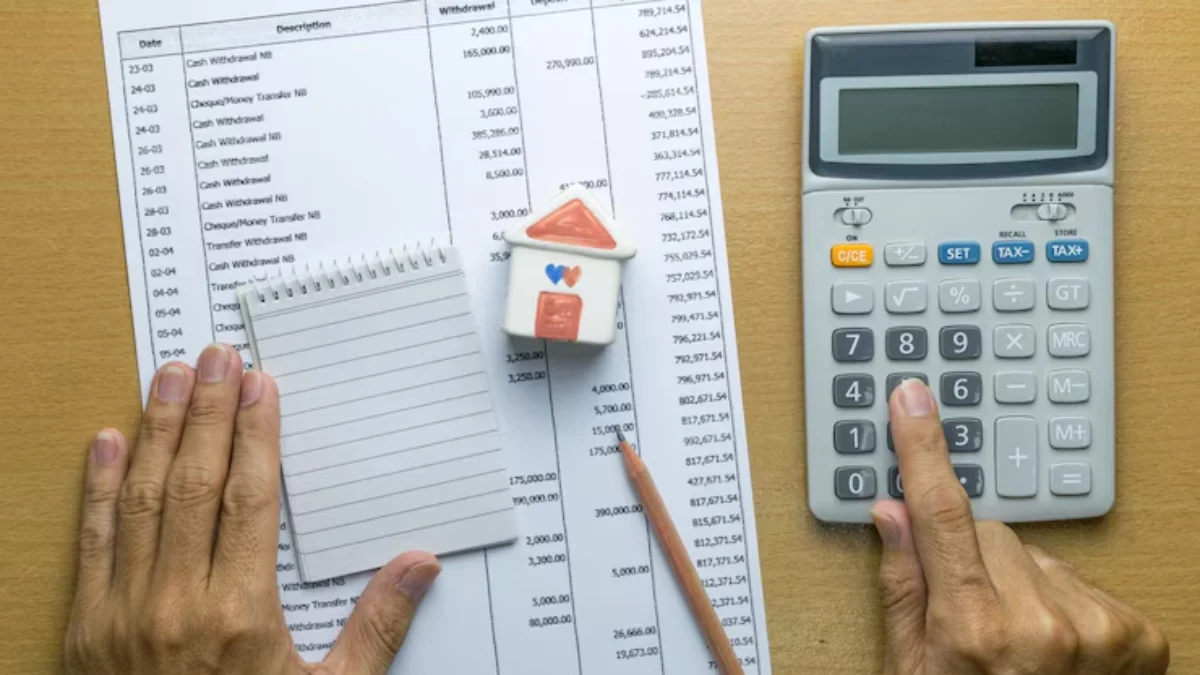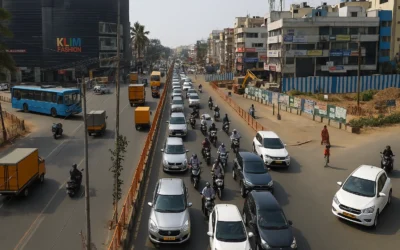You have probably heard the word “CAM Charges” in your monthly statements or lease agreements if you own or rent a residential or business property in India.
However, what are these fees, how are they determined, and why are they required?
This guide explains Common Area Maintenance (CAM) fees, including what they cover, how they are determined, the laws governing them, and how to properly handle or contest them.
What are CAM Charges in Real Estate?
Common Area Maintenance is referred to as CAM. These fees are collected from property owners or renters by commercial landlords or residential housing societies to maintain and run common areas within a complex. Staircases, hallways, elevators, clubhouses, shared restrooms, gardens, and more are frequently found in these spaces.
CAM charges include a wide range of costs associated with managing and maintaining public amenities, despite the term’s apparent simplicity. The overarching goal of CAM fees is to maintain the building or complex’s shared infrastructure and amenities clean, safe, and operational.
What Do Common Area Maintenance (CAM) Charges Include?
Charges for common area maintenance typically cover a variety of utilities and services. Although they may vary between residential and commercial properties, these frequently consist of the following:
Housekeeping and Cleaning Services
- Daily cleaning of hallways, lobbies, and staircases
- Garbage collection and waste disposal
- Pest control in shared areas
Security Services
- Salaries of security personnel
- Maintenance of security systems like CCTV and access control
Electrical and Mechanical Maintenance
- Power backup maintenance (generators or UPS systems)
- Elevator repairs and servicing
- Lighting in corridors, basements, and exterior areas
Plumbing and Water Supply
- Maintenance of water tanks and pumps
- Plumbing repairs in common pipelines
Amenities and Facility Management
- Upkeep of gyms, swimming pools, and clubhouses
- Garden and landscape maintenance
- Sports complex or community hall servicing
Administrative Costs
- Salaries of facility managers or administrative staff
- Office utilities and stationery
- Legal and accounting fees
In Commercial Properties
- Heating, ventilation, and air conditioning (HVAC)
- Façade cleaning
- Parking lot management
- Insurance and fire safety inspections
Read also: What is OC Certificate? OC Full Form in Real Estate
How Are CAM Charges Calculated?
There are generally two widely used methods of calculating CAM charges in India:

Per Square Foot Method
This is the most common method for both residential and commercial properties. Under this system, the total cost incurred for maintaining common areas is divided among the occupants based on the super built-up area of their unit.
Formula: CAM Charges = Rate per sq. ft. × Super Built-up Area of Unit
For example, if the CAM rate is Rs. 3 per sq. ft. and the unit’s super built-up area is 1000 sq. ft., the monthly CAM charges will be Rs. 3000.
Equal Division Method
In smaller residential societies where units are nearly identical in size, the total CAM expenditure may be divided equally among all units.
Formula: Total CAM Charges ÷ Number of Units
This method is simpler but can be seen as unfair in larger complexes with varying unit sizes.
Residential vs Commercial CAM Charges
| Feature | Residential Properties | Commercial Properties |
| Payment Responsibility | Apartment owners or tenants | Business owners or commercial tenants |
| Typical Inclusions | Security, lighting, lift, gardening | HVAC, insurance, parking, reception |
| Billing Cycle | Monthly or quarterly | Monthly with annual reconciliation |
| Regulation | Often managed by Resident Associations | Governed by the lease agreement |
| Scope for Disputes | Less frequent | More frequent |
Legal Framework for CAM Charges in India
There is no single national law that governs CAM costs in India. Nonetheless, considerable openness is offered by the Real Estate (Regulation and Development) Act, 2016 (RERA).
As per RERA:
Maintenance charges must be disclosed upfront by builders.
Recurring charges must be disclosed to buyers before possession.
After transfer, arbitrary or unstated expenses are not allowed.
Despite these clauses, the Resident Welfare Association’s (RWA) active involvement and the State’s RERA power are frequently necessary for enforcement.
Challenges and Disputes
Commercial leases are more likely than residential leases to have CAM charge disputes. Problems frequently occur because of:
- Absence of itemized billing
- Exaggerated or capricious expenses
- Lack of audited spending records
- Unexpected and abrupt increase in intensity
Owners and tenants can contest these charges by:
- Requesting thorough financial statements
- Requesting audits from third parties
- Seeking legal advice in severe situations
Read also: Home Loan Process 2025: Step-by-Step Guide
Tips to Manage CAM Charges Effectively
Examine any agreements for sales or leases.
Make sure your property agreement’s CAM provision is correct at all times. Determine whether the charges are variable, fixed, or susceptible to escalation on a regular basis.
Call for Openness
Request quarterly spending reports or itemized bills. This lets you keep tabs on where the funds are going.
Attend Society or RWA Meetings
Active engagement enables you to vote on service contracts and challenge budgetary allocations in residential buildings.
Bargaining in Advance in Commercial Spaces
Your lease should contain explicit CAM-related provisions, such as cost-sharing conditions, maximum limitations, and exclusions for promotional charges.
Make Use of Online Resources
To provide better accountability and transparency, many societies now send bills, collect money, and publish reports using management software.
Non-Payment and Its Consequences
The following repercussions may arise from nonpayment of CAM charges:
In residential settings: prohibitions on utilizing shared facilities, late fees, or RWA legal action
In business settings: violation of the conditions of the lease, termination of the tenancy, or landlord litigation
Therefore, prompt payment is essential to guarantee continuous property use and prevent reputational or legal problems.
Understanding common area maintenance charges is essential whether you are a homeowner or a tenant in a commercial property. These charges are not just an additional line on your bill, they play a pivotal role in maintaining the shared facilities you rely on daily.




